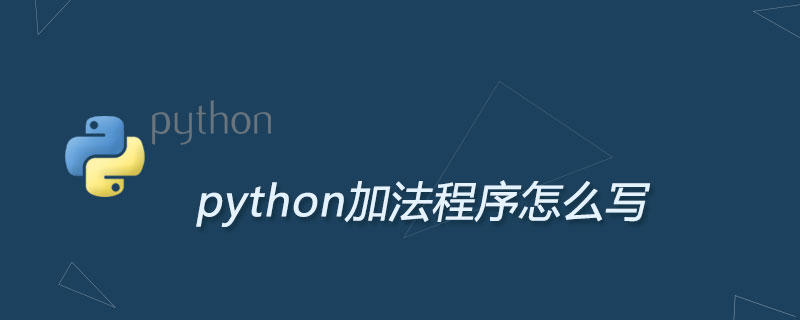![图片[1]-python format是什么-uusu优素-乐高,模型,3d打印,编程](http://uusucn.zbbe.cn/wp-content/uploads/2024/01/5df97ec6b14e4138.gif)
Python中format主要是用来格式化字符串的。
format用法相对基本格式化输出采用‘%’的方法,format()功能更强大,该函数把字符串当成一个模板,通过传入的参数进行格式化,
并且使用大括号‘{}’作为特殊字符代替‘%’
使用方法由两种:b.format(a)和format(a,b)。
1、基本用法
(1)不带编号,即“{}”
(2)带数字编号,可调换顺序,即“{1}”、“{2}”
(3)带关键字,即“{a}”、“{tom}”
1>>>print('{}{}'.format('hello','world'))#不带字段
2helloworld
3>>>print('{0}{1}'.format('hello','world'))#带数字编号
4helloworld
5>>>print('{0}{1}{0}'.format('hello','world'))#打乱顺序
6helloworldhello
7>>>print('{1}{1}{0}'.format('hello','world'))
2、进阶用法
(1)< (默认)左对齐、> 右对齐、^ 中间对齐、= (只用于数字)在小数点后进行补齐
(2)取位数“{:4s}”、"{:.2f}"等
1>>>print('{}and{}'.format('hello','world'))#默认左对齐
2helloandworld
3>>>print('{:10s}and{:>10s}'.format('hello','world'))#取10位左对齐,取10位右对齐
4helloandworld
5>>>print('{:^10s}and{:^10s}'.format('hello','world'))#取10位中间对齐
6helloandworld
7>>>print('{}is{:.2f}'.format(1.123,1.123))#取2位小数
81.123is1.12
9>>>print('{0}is{0:>10.2f}'.format(1.123))#取2位小数,右对齐,取10位
101.123is1.12原文来自:https://www.py.cn © 版权声明
文章版权归作者所有,未经允许请勿转载。
THE END

















































暂无评论内容